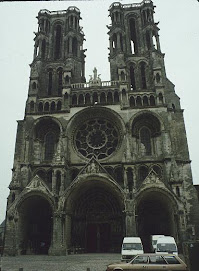
Art work done by Lady Butler in 1881
The name of this piece of art is "Scotland for Ever". The painting depicts the charge of the scots Grey at the Battle of Waterloo, in 1815 and is a reminder of the Historic war.
This was a method in which he used a combination of computer programs, flowcharts and books in order to generate chance combinations of words and ideas. this was then realised in practice as artwork.
artist- David Scotland
Controversial art Exhibition, examples to the left.
On july 18, 2005 he displayed a highly controversial version of an "illegal" american flag with scientific lab notes from the 1930s.
Quote "If you see this piece, you'll be up all night, wondering." Could not find picture of flag
Artist- Damien Hirst
"For the love of God" This is a controversial art work and the most expensive piece of art ever created. It cost between $16 & 20 million to make, and $99 million to buy. There are 8,601 diamonds and comes in at 1,106.18 carats.
"If we could just sell this skull on the black market it could help with this recession"


















